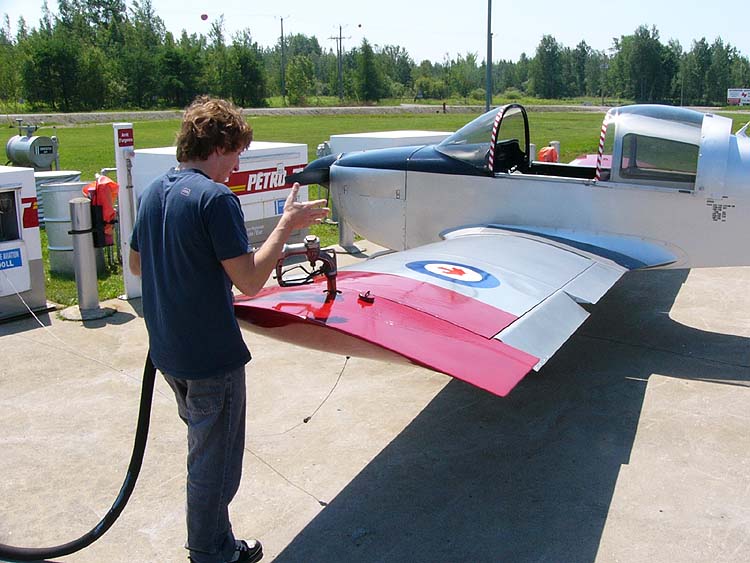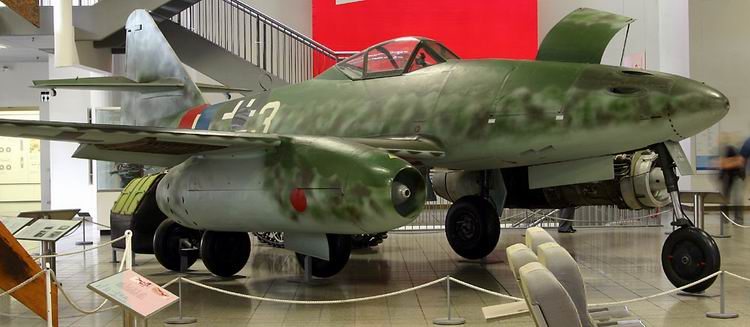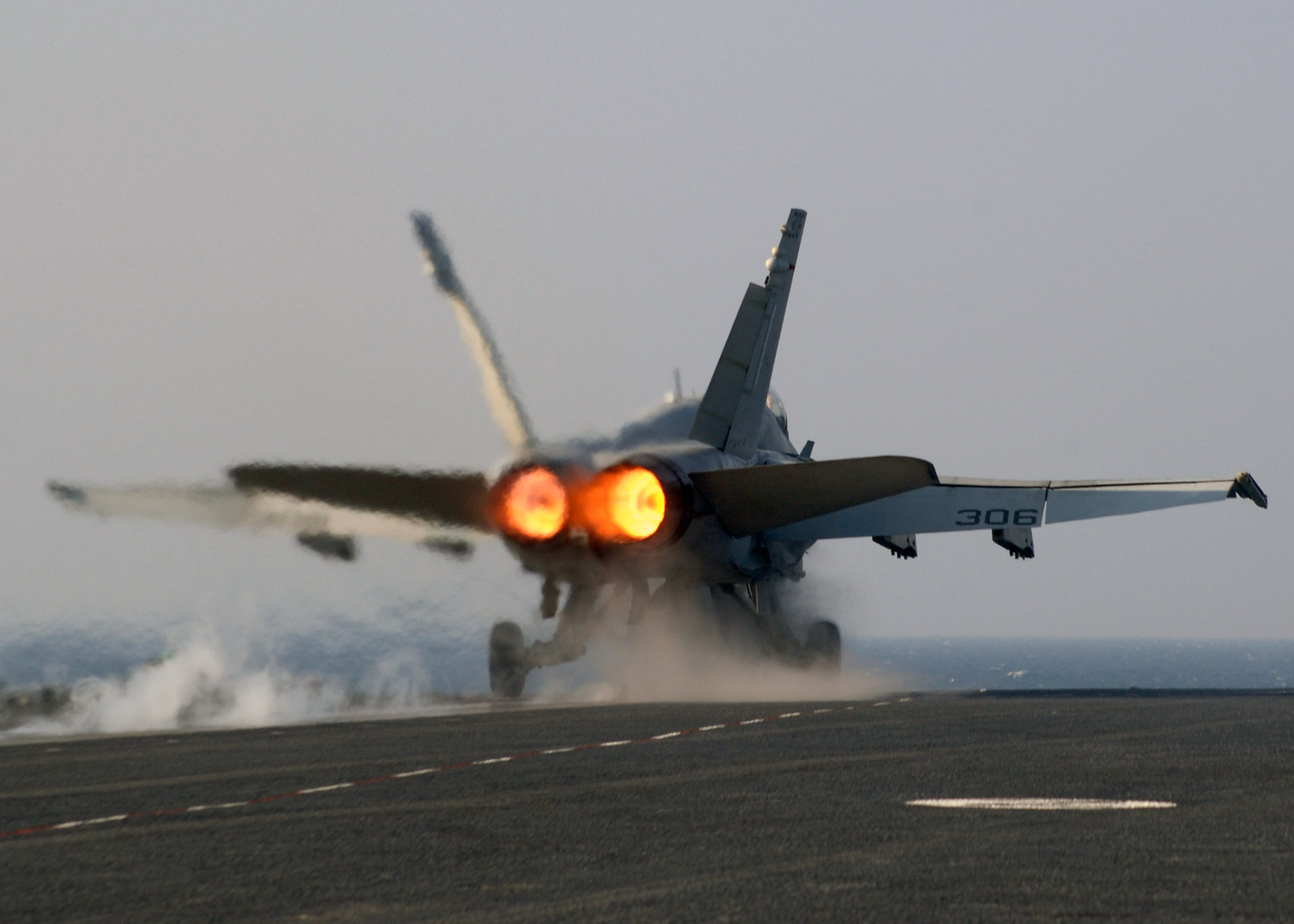|
Kholshchevnikov VRDK
The Kholshchevnikov VRDK (Vozdushno-Reaktivniy Dopolnitelniy Kompressor) ''(Russian: "Jet-Propelled Auxiliary Compressor”)'', or E-3020, was a motorjet developed in the Soviet Union during World War II. The VRDK was designed to give fighter aircraft a ten-minute performance boost during combat. VRDK boosters were built in small numbers for use in the Mikoyan-Gurevich I-250 and Sukhoi Su-5 mixed propulsion fighter aircraft. Both aircraft made their first flights in 1945, shortly before the end of World War II. Interest in VRDK technology declined quickly after World War II as Soviet designers focused on the development of turbojet powered fighter aircraft. Design and development Design work on VRDK technology started in 1941 at the Central Aerohydrodynamic Institute with the goal of developing a motorjet where a piston engine would be combined with an axial flow compressor. From 1943 work was handed over to the Central Institute of Aviation Motors where design studies sep ... [...More Info...] [...Related Items...] OR: [Wikipedia] [Google] [Baidu] |
Motorjet
A motorjet is a rudimentary type of jet engine which is sometimes referred to as ''thermojet'', a term now commonly used to describe a particular and completely unrelated pulsejet design. Design At the heart the motorjet is an ordinary piston engine (hence, the term ''motor''), but instead of (or sometimes, as well as) driving a propeller, it drives a compressor. The compressed air is channeled into a combustion chamber, where fuel is injected and ignited. The high temperatures generated by the combustion cause the gases in the chamber to expand and escape at high velocity from the exhaust, creating a thermal reactive force that provides useful thrust. Motorjet engines provide greater thrust than a propeller alone mounted on a piston engine; this has been successfully demonstrated in a number of different aircraft. A jet engine also can provide thrust at higher speeds where a propeller becomes less efficient or even ineffective; in fact, a jet engine gains efficiency as spee ... [...More Info...] [...Related Items...] OR: [Wikipedia] [Google] [Baidu] |
Klimov VK-107
The Klimov VK-107 was a V-12 liquid-cooled piston aircraft engine used by Soviet Union, Soviet aircraft during World War II. Development The VK-107 was developed from the Klimov M-105, M-105 and Klimov VK-106, VK-106. To achieve a greater power output, each cylinder now had four valves (two intake and two exhaust), crankshaft and camshafts were completely revised, and a new supercharger design was implemented. Although the engine could have been ready for production as early as 1942, the Soviet Union, Soviets' factories lacked the capacity to produce a brand new design. Thus, the less powerful Klimov VK-105PF and VK-105PF2 V12 engines were built instead. However, the appearance of Luftwaffe Messerschmitt Bf 109, Messerschmitt Bf 109G with Daimler-Benz DB 605 engine in 1943 created an urgent demand for a more powerful engine. VK-107A was put into production in 1944 and was used on Yakovlev Yak-9, Yak-9U fighters. The engine was not well liked by either pilots or mechanics – it ha ... [...More Info...] [...Related Items...] OR: [Wikipedia] [Google] [Baidu] |
Caproni Campini N
Caproni, also known as ''Società de Agostini e Caproni'' and ''Società Caproni e Comitti'', was an Italian aircraft manufacturer. Its main base of operations was at Taliedo, near Linate Airport, on the outskirts of Milan. Founded by Giovanni Battista "Gianni" Caproni during 1908, the company produced several successful heavy bombers during the First World War. Following the acquisition of several other aviation firms throughout the interwar period, Caproni transformed into a sizable aviation-orientated syndicate, the ''Società Italiana Caproni, Milano''. The majority of its aircraft were bombers and transport aircraft. It played a pioneering role in the development of the Caproni Campini N.1, an experimental aircraft powered by a thermo-jet. It provided large numbers of combat aircraft for the Axis during the Second World War. The firm did not prosper in the postwar era and the Società Italiana Caproni went out of business in 1950. Many of the company's former assets wer ... [...More Info...] [...Related Items...] OR: [Wikipedia] [Google] [Baidu] |
Ishikawajima Tsu-11
The Ishikawajima Tsu-11 was a motorjet produced in small numbers in Japan in the closing stages of World War II. It was principally designed to propel the Japanese Yokosuka MXY7 Ohka flying bomb, a kamikaze weapon. Design and development The Tsu-11 used a four-cylinder inverted inline Hitachi Hatsukaze ''Toku'' Model 13 piston engine — a license-built version of the German Hirth HM 504 inverted, inline-four cylinder air-cooled engine, with the "model 13" version indicating its adaptation to drive a single-stage compressor. A fuel injection system was fitted behind the compressor. In operation, fuel would be mixed with the compressed air and the resulting mixture ignited, creating thrust. The engine was designed to overcome the major shortcoming of the Ohka Type 11 weapons, that of limited range. The Type 11 was powered by solid-fuel rocket motors, which provided tremendous acceleration, but had a very short burn time. The upshot of this was that the Ohka's carrier aircraft ... [...More Info...] [...Related Items...] OR: [Wikipedia] [Google] [Baidu] |
Avgas
Avgas (aviation gasoline, also known as aviation spirit in the United Kingdom, UK) is an aviation fuel used in aircraft with spark-ignited internal combustion engines. ''Avgas'' is distinguished from conventional gasoline (petrol) used in motor vehicles, which is termed ''mogas'' (motor gasoline) in an aviation context. Unlike motor gasoline, which has been formulated without lead since the 1970s to allow the use of catalytic converters for pollution reduction, the most commonly used grades of avgas still contain tetraethyllead, tetraethyl lead, a toxic lead-containing additive used to aid in lubrication of the engine, increase octane rating, and prevent engine knocking (spark-knock). There are ongoing efforts to reduce or eliminate the use of lead in aviation gasoline. Kerosene-based jet fuel is formulated to suit the requirements of gas turbine, turbine engines which have no octane requirement and operate over a much wider flight envelope than piston engines. Kerosene is also ... [...More Info...] [...Related Items...] OR: [Wikipedia] [Google] [Baidu] |
WikiProject Aircraft
A WikiProject, or Wikiproject, is an affinity group for contributors with shared goals within the Wikimedia movement. WikiProjects are prevalent within the largest wiki, Wikipedia, and exist to varying degrees within Wikimedia project, sibling projects such as Wiktionary, Wikiquote, Wikidata, and Wikisource. They also exist in different languages, and translation of articles is a form of their collaboration. During the COVID-19 pandemic, CBS News noted the role of Wikipedia's WikiProject Medicine in maintaining the accuracy of articles related to the disease. Another WikiProject that has drawn attention is WikiProject Women Scientists, which was profiled by ''Smithsonian Magazine, Smithsonian'' for its efforts to improve coverage of women scientists which the profile noted had "helped increase the number of female scientists on Wikipedia from around 1,600 to over 5,000". On Wikipedia Some Wikipedia WikiProjects are substantial enough to engage in cooperative activities with outsi ... [...More Info...] [...Related Items...] OR: [Wikipedia] [Google] [Baidu] |
Messerschmitt Me 262
The Messerschmitt Me 262, nicknamed (German for "Swallow") in fighter versions, or ("Storm Bird") in fighter-bomber versions, is a fighter aircraft and fighter-bomber that was designed and produced by the German aircraft manufacturer Messerschmitt. It was the world's first operational jet-powered fighter aircraft and one of two jet fighter aircraft types to see air-to-air combat in World War Two, the other being the Heinkel He 162. The design of what would become the Me 262 started in April 1939, before World War II. It made its maiden flight on 18 April 1941 with a piston engine, and its first jet-powered flight on 18 July 1942. Progress was delayed by problems with engines, metallurgy Metallurgy is a domain of materials science and engineering that studies the physical and chemical behavior of metallic elements, their inter-metallic compounds, and their mixtures, which are known as alloys. Metallurgy encompasses both the ..., and interference from Luftwaffe chie ... [...More Info...] [...Related Items...] OR: [Wikipedia] [Google] [Baidu] |
Gloster Meteor
The Gloster Meteor was the first British jet fighter and the Allies' only jet aircraft to engage in combat operations during the Second World War. The Meteor's development was heavily reliant on its ground-breaking turbojet engines, pioneered by Frank Whittle and his company, Power Jets Ltd. Development of the aircraft began in 1940, although work on the engines had been under way since 1936. The Meteor first flew in 1943 and commenced operations on 27 July 1944 with No. 616 Squadron RAF. The Meteor was not a sophisticated aircraft in its aerodynamics, but proved to be a successful combat fighter. Gloster's 1946 civil Meteor F.4 demonstrator ''G-AIDC'' was the first civilian-registered jet aircraft in the world. Several major variants of the Meteor incorporated technological advances during the 1940s and 1950s. Thousands of Meteors were built to fly with the RAF and other air forces and remained in use for several decades. Slower and less heavily armed than its German cou ... [...More Info...] [...Related Items...] OR: [Wikipedia] [Google] [Baidu] |
Supercharger
In an internal combustion engine, a supercharger compresses the intake gas, forcing more air into the engine in order to produce more power for a given displacement (engine), displacement. It is a form of forced induction that is mechanically powered (usually by a belt from the engine's crankshaft), as opposed to a turbocharger, which is powered by the kinetic energy of the exhaust gases. However, up until the mid-20th century, a turbocharger was called a "turbosupercharger" and was considered a type of supercharger. The first supercharged engine was built in 1878, with usage in aircraft engines beginning in the 1910s and usage in car engines beginning in the 1920s. In piston engines used by aircraft, supercharging was often used to compensate for the lower air density at high altitudes. Supercharging is less commonly used in the 21st century, as manufacturers have shifted to turbochargers to reduce fuel consumption and increase power outputs, especially with reduced engine dis ... [...More Info...] [...Related Items...] OR: [Wikipedia] [Google] [Baidu] |
Afterburner
An afterburner (or reheat in British English) is an additional combustion component used on some jet engines, mostly those on military supersonic aircraft. Its purpose is to increase thrust, usually for supersonic flight, takeoff, and combat. The afterburning process injects additional fuel into a combustor ("burner") in the jet pipe behind (i.e., "after") the turbine, "reheating" the exhaust gas. Afterburning significantly increases thrust as an alternative to using a bigger engine with its added weight penalty, but at the cost of increased fuel consumption (decreased fuel efficiency) which limits its use to short periods. This aircraft application of "reheat" contrasts with the meaning and implementation of "reheat" applicable to gas turbines driving electrical generators and which reduces fuel consumption. Jet engines are referred to as operating ''wet'' when afterburning and ''dry'' when not. An engine producing maximum thrust wet is at ''maximum power,'' while an engi ... [...More Info...] [...Related Items...] OR: [Wikipedia] [Google] [Baidu] |
Clutch
A clutch is a mechanical device that allows an output shaft to be disconnected from a rotating input shaft. The clutch's input shaft is typically attached to a motor, while the clutch's output shaft is connected to the mechanism that does the work. In a motor vehicle, the clutch acts as a mechanical linkage between the engine and transmission. By disengaging the clutch, the engine speed (RPM) is no longer determined by the speed of the driven wheels. Another example of clutch usage is in electric drills. The clutch's input shaft is driven by a motor and the output shaft is connected to the drill bit (via several intermediate components). The clutch allows the drill bit to either spin at the same speed as the motor (clutch engaged), spin at a lower speed than the motor (clutch slipping) or remain stationary while the motor is spinning (clutch disengaged). Types Dry clutch A ''dry clutch'' uses dry friction to transfer power from the input shaft to the output shaft, f ... [...More Info...] [...Related Items...] OR: [Wikipedia] [Google] [Baidu] |
WRDK
WRDK (90.7 FM) was a radio station licensed to serve Bladenboro, North Carolina, United States. The station was owned by Richburg Educational Broadcasters, Inc. The station surrendered its license on March 12, 2018; the Federal Communications Commission The Federal Communications Commission (FCC) is an independent agency of the United States government that regulates communications by radio, television, wire, internet, wi-fi, satellite, and cable across the United States. The FCC maintains j ... cancelled it on March 22. References External links RDK Radio stations established in 2011 2011 establishments in North Carolina Radio stations disestablished in 2018 2018 disestablishments in North Carolina Defunct radio stations in the United States RDK {{NorthCarolina-radio-station-stub ... [...More Info...] [...Related Items...] OR: [Wikipedia] [Google] [Baidu] |






